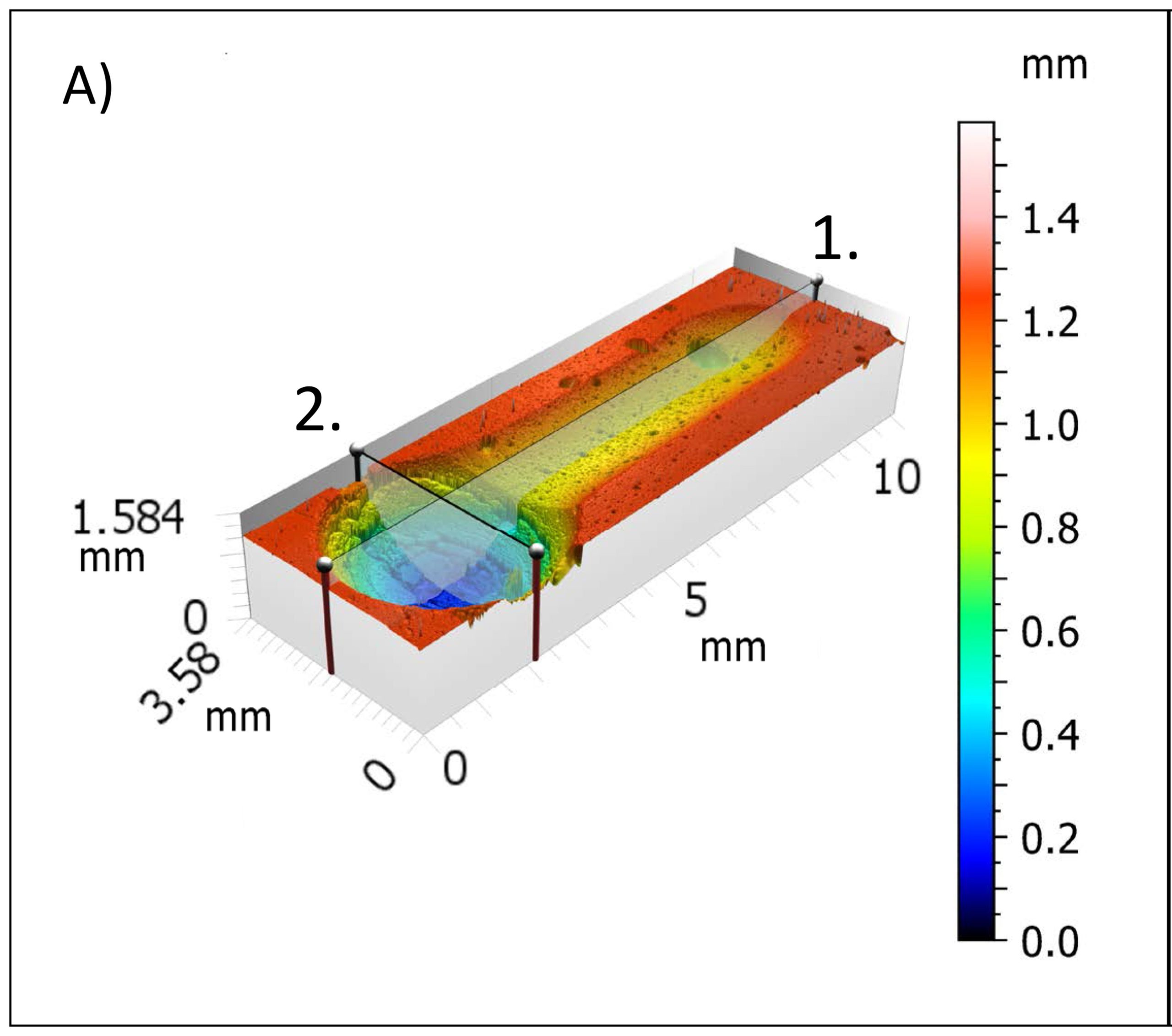Newsletter | October 2023
Weakening of direct dental restorative materials

Amela Tulek
Guest researcher, NIOM
Wear is an irreversible process affecting both teeth and dental restorations. A recent laboratory study reported on deterioration of a composite resin (Filtek Z250®), a glass ionomer cement (Fuji IX GP®), and a glass hybrid (Equia Forte®) under different types of wear.
Each tooth filling material comes with certain benefits and drawbacks. “We wanted to look at mechanical properties and appearance of these materials after serial wear tests in order contribute to selection of suitable materials in the clinics”, says Amela Tulek, guest researcher at NIOM.
In the current study, together with NIOM colleagues Aida Mulic, Amund Ruud, Ida Stenhagen and Ellen Bruzell she wanted to find out more about the properties of present restorative materials in dentistry.
The method
The research group subjected materials to a combination of wear including attrition, abrasion and erosion. This was done by exposing the samples to a simulation of tooth brushing, chewing and acid exposure. Surface roughness, hardness, substance loss and degree of shade lightness were measured before and after wear tests. The experimental period for each wear category represented at least six months.
Findings
The composite had slightly better final hardness values and less substance loss than the other two materials. This indicates that composite may be suitable for posterior restorations where chewing forces are highest. The glass ionomer and glass hybrid materials had similar hardness and roughness values. In addition, while the glass ionomer and the glass hybrid materials appeared lighter, the composite appeared darker after wear exposure.
So…
Keeping in mind the limitations of laboratory studies, we can say that among the investigated materials, there is still no ideal material which can withstand wear conditions. However, our study is unique since it combines different categories of wear under controlled conditions. This is the closest scenario to what happens to a restoration in our mouth, Amela concludes.
Read more about the study here.

Photo: Post-exposure profilometry of the worn area (groove). 3D image of the worn area of a typical Filtek Z250® specimen. ‘1’ and ‘2’ represent the longitudinal and transversal section, respectively, through the deepest point.
Reference
